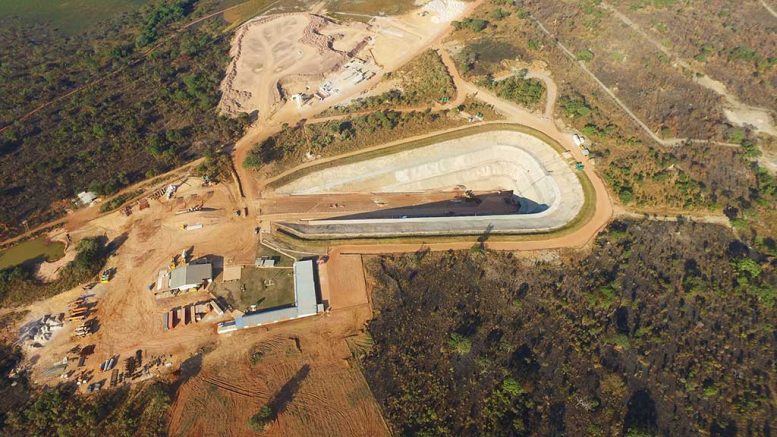Ivanhoe Mines (TSX: IVN; NYSE: US-OTC: IVPAF) has published the results of an independent definitive feasibility study (DFS) for its Kakula project in the Democratic Republic of the Congo (DRC), which says the asset could become the world’s second-largest copper mining complex.
Kakula, the first underground mine planned at the Kamoa-Kakula concession, is forecast to generate six million tonnes of mineralized material per year at an average feed grade of 6.6% copper over the first five years of operation, the study shows.
Ivanhoe said the document is an independent verification by nine of the world’s top engineering firms of Kakula’s robust economics.
“The definitive feasibility study also confirms what we’ve been telling investors for the past year and a half, and showcasing monthly in our progress galleries – the Kakula mine is being rapidly built, it is ahead of schedule, and is on budget,” Robert Friedland, the company’s founder and executive co-chairman, said in a Sept. 8 press release.
Kakula, which is expected to begin production in less than a year, will also have top-ranking “green” credentials, according to Friedland. “The mine has been designed to produce the world’s most environmentally-responsible copper, which is crucial for today’s new generation of environmentally- and socially-focused investors,” he said.
The Vancouver-based company also issued a prefeasibility study for extracting 1.6 million tonnes of copper per year from the Kansoko mine to “take full advantage of an expanded plant capacity of 7.6-million tonnes a year at Kakula.”
Ivanhoe reiterated that the Kamoa-Kakula project, being developed in partnership with China’s Zijin Mining Group, will advance in stages until it has four producing mines with a combined output rate of 19 million tonnes per year.
Peak annual copper production from Kakula, Kansoko, Kakula West and Kamoa North is expected to surpass 800,000 tonnes, the company said.
“Kakula is less than 12 months away from first production in Q3 2021 and continues to show visibility on becoming one of the world’s largest high-grade copper producers,” Andrew Mikitchook, a mining analyst at BMO Capital Markets commented in a research note. His target price on the stock is $9.00 per share, well above its current trading price on the TSX of $5.42 per share.
Friedland, who made his fortune from the Voisey’s Bay nickel project in Canada in the 1990s, has been working on Kamoa-Kakula for ten years.
Last month, the company struck a strategic partnership with China Nonferrous Metal Mining (CNMC) to explore opportunities, including exploration and smelting, in Africa.
In January, CNMC opened the DRC’s first large-scale copper smelter, Lualaba, 45 km from the Kamoa-Kakula copper joint venture in the country’s southern copperbelt.
Kamoa-Kakula is a strategic partnership between Ivanhoe Mines (39.6%), Zijin Mining Group (39.6%), Crystal River Global Limited (0.8%) and the DRC government (20%).
The company is exploring for new copper discoveries on its wholly-owned Western Foreland exploration licenses, adjacent to the Kamoa-Kakula mining license.
Ivanhoe is also advancing the Platreef palladium-platinum-nickel-copper-gold-rhodium discovery in South Africa and upgrading its historic Kipushi zinc-copper-silver-lead-germanium mine, also in the DRC.


Be the first to comment on "Ivanhoe’s Kakula could become world’s second-largest copper operation: study"